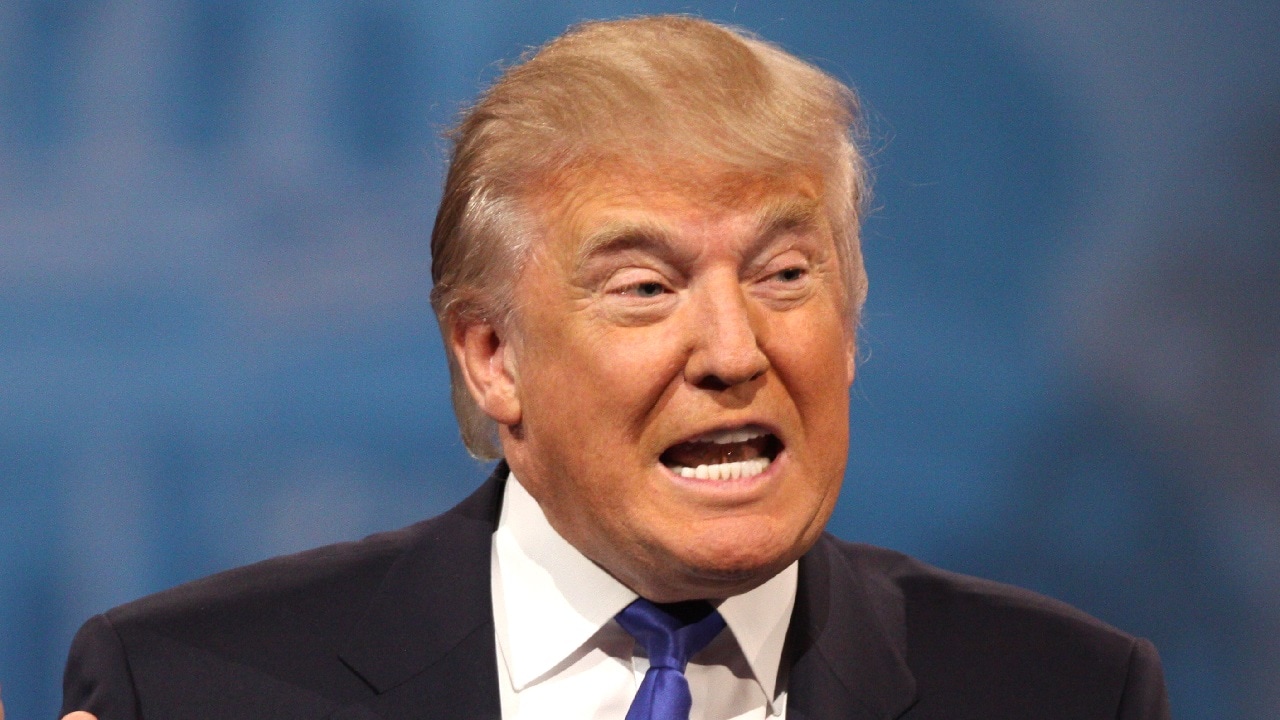Things continue to go downhill for Trump at NY fraud trial – The latest in the New York fraud trial of former president Donald Trump saw testimony from a professional assessor, who revealed that Trump’s son, Eric, had repeatedly vastly overestimated the value of a number of properties named in the lawsuit.
The fraud lawsuit in New York, filed by the state’s Attorney General, Letitia James, accuses Trump and his sons of fraudulently overvaluing a number of their assets in order to gain certain tax benefits and secure more favorable loans from banks and other financial institutions.
According to testimony given by David McArdle, who works as a professional appraiser for Cushman & Wakefield, a commercial real estate firm, he was tasked to assess the value of the Trump National Golf Club, and Seven Springs, an estate also owned by the Trump Organization. Both properties are located in Westchester County, a suburban area in New York. McArdle said that at the time, in 2013, the Trump organization was considering a conservation easement on the properties, which meant that the company would put off developing the properties in exchange for tax breaks.
McArdle said that he was asked to determine the value of the golf course if the Trump Organization built 71 luxury townhomes on it. He told the court that Eric Trump repeatedly sent him input with the younger Trump’s own valuation, which said that the townhouses could be worth $1,000 per square foot. McArdle’s property assessment put the value of the golf course at $45 million, but Trump’s financial statements valued the same property at more than $100 million. The Trump Organization also did not push through with the construction of the townhomes.
As for Seven Springs, McArdle said that he assessed the property in 2014 under the assumption that the Trump Organization would build 24 luxury homes on it. Eric Trump, who is an executive vice president of the company, again sent a valuation that stated that the homes could be sold for as much as $3 million each. McArdle said eventually pegged the property’s value at $50 million. Trump’s filings put the value of the property at more than $160 million.
Another appraiser, Doug Larson, also testified against Trump, saying that the company’s way of comparing market values for their properties “didn’t make sense”. For example, in 2015, a building on Wall Street owned by Trump was valued at $540 million by Larson, but Trump’s filings listed its value at $735.4 million.
An accountant for the Trump Organization, Donna Kidder, also put forward testimony against Trump, saying that she was instructed by Allen Weisselberg – who was CFO of the company at that time – to add in a number of “assumptions” in the spreadsheets that had the values of a number of Trump’s properties. For example, an office building with a number of vacancies would indicate that it would be “fully leased” by a certain date, and a residential tower still selling units would be “sold out” at a particular period of time.
In Trump’s defense, Eric Trump said he had very little recollection of the dealings with the assessor, and that he only “vaguely” remembered McArdle. Defense attorneys also asked the assessors whether or not real estate companies like the Trump organization could typically have a different opinion on property values compared to assessors.
“Absolutely,” McArdle told the court, “but ultimately, we’re the ones calling the value.”
Tim Ramos has written for various publications, corporations, and organizations – covering everything from finance, politics, travel, entertainment, and sports – in Asia and the U.S. for more than 10 years.
From the Vault

